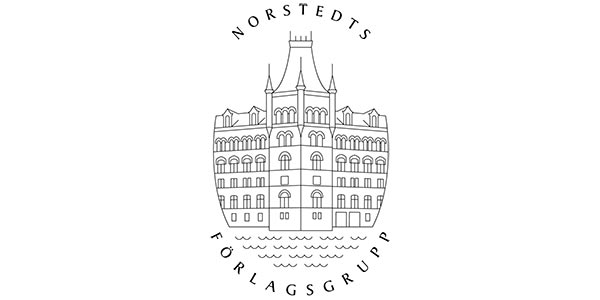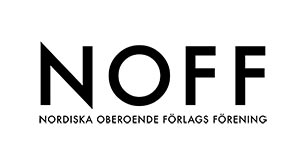
Shrines and souls : the reinvention of religious liberty and the genesis of the universal declaration of human rights

| Författare | |
|---|---|
| Förlag | Bokbox förlag |
| Genre | Samhälle, politik och debatt |
| Format | Häftad |
| Språk | Svenska |
| Antal sidor | 251 |
| Vikt | 132 gr |
| Utgiven | 2014-11-10 |
| SAB | Oc.01 |
| ISBN | 9789186980641 |
“Everyone has the right to freedom of thought, conscience and religion; this right includes freedom to change his religion or belief, and freedom, either alone or in community with others and in public or private, to manifest his religion or belief in teaching, practice, worship and observance.”
Article 18 of the Universal Declaration of Human Rights is widely seen as one of the most important statements on religious liberty in modern times. Ever since its adoption in 1948, it has been the basis of efforts to codify religious liberty into international human rights law, and now functions as a central normative frame for a range of local, transnational and international actors working for the promotion of the right to religious liberty. Shrines and Souls provides a rare, nuanced and multi-layered contextualization of the origins of this statement. By uncovering how its formulation was connected to political projects and visions of particular agents involved in the start-up of the UN Human Rights program, it also takes issue with standard accounts that see the text of the Universal Declaration as humanity’s joint response to the atrocities of World War II.
LINDE LINDKVIST is a researcher of Human Rights Studies at Lund University, Sweden. This is his doctoral thesis.
Article 18 of the Universal Declaration of Human Rights is widely seen as one of the most important statements on religious liberty in modern times. Ever since its adoption in 1948, it has been the basis of efforts to codify religious liberty into international human rights law, and now functions as a central normative frame for a range of local, transnational and international actors working for the promotion of the right to religious liberty. Shrines and Souls provides a rare, nuanced and multi-layered contextualization of the origins of this statement. By uncovering how its formulation was connected to political projects and visions of particular agents involved in the start-up of the UN Human Rights program, it also takes issue with standard accounts that see the text of the Universal Declaration as humanity’s joint response to the atrocities of World War II.
LINDE LINDKVIST is a researcher of Human Rights Studies at Lund University, Sweden. This is his doctoral thesis.
























